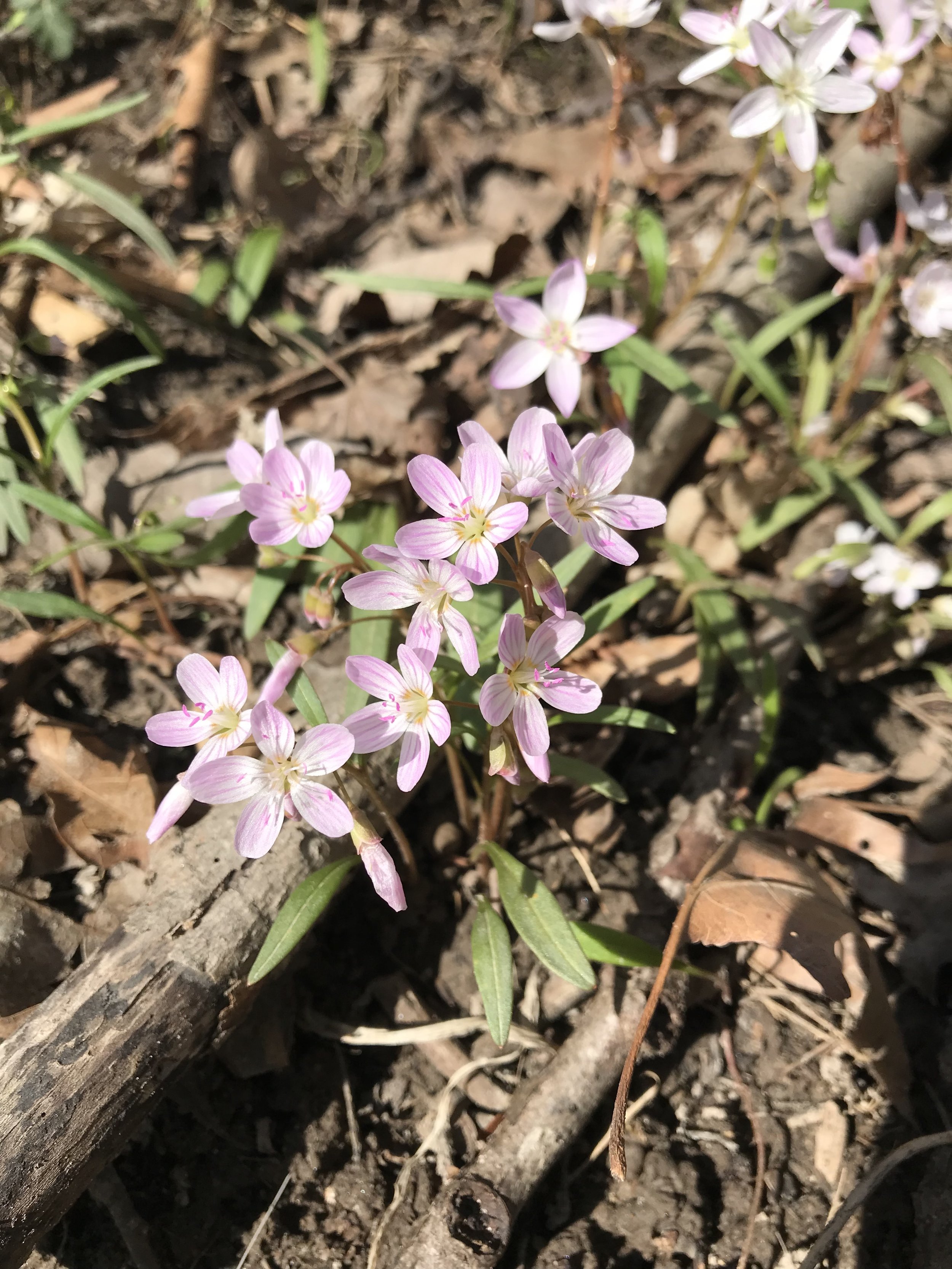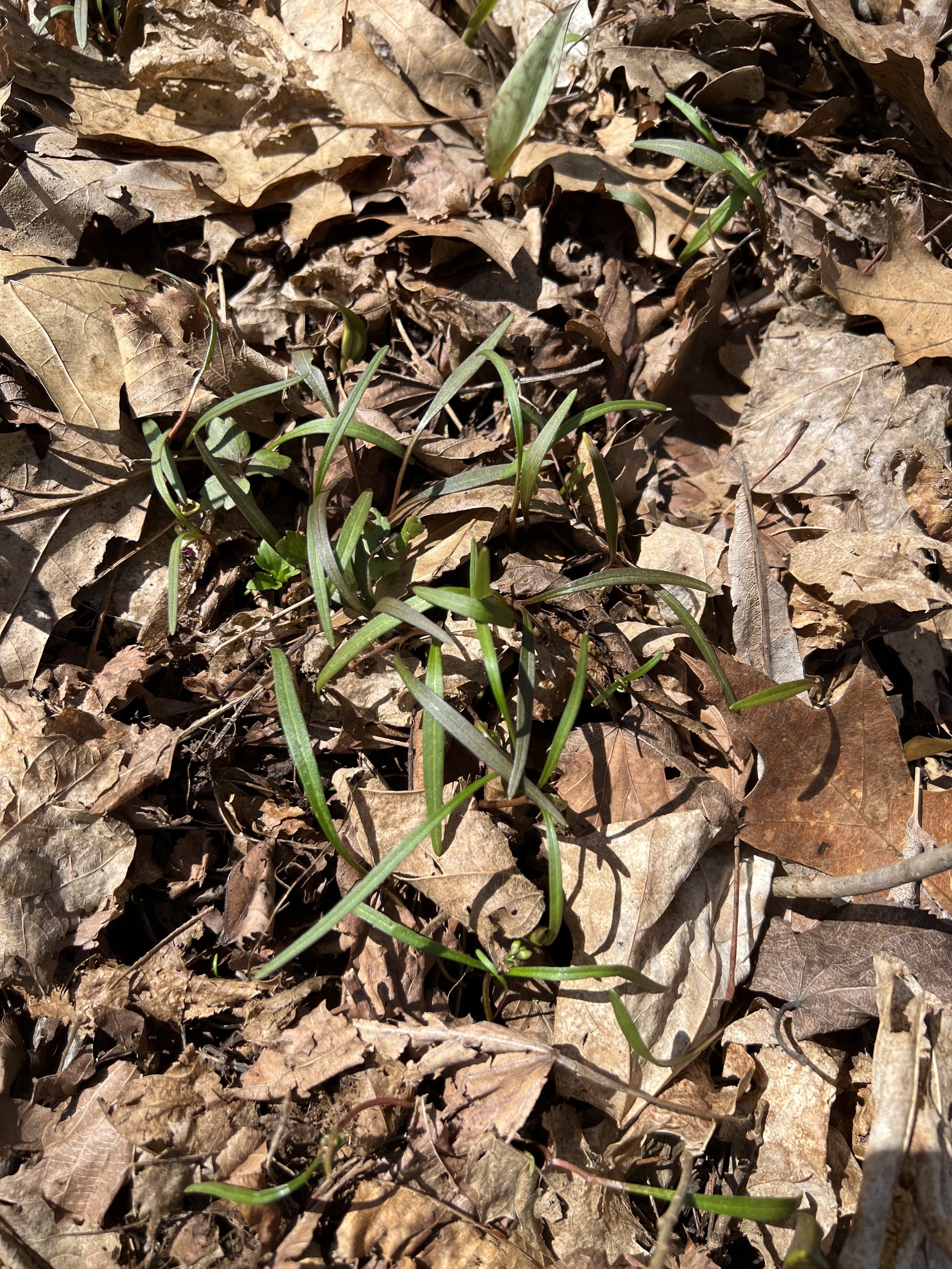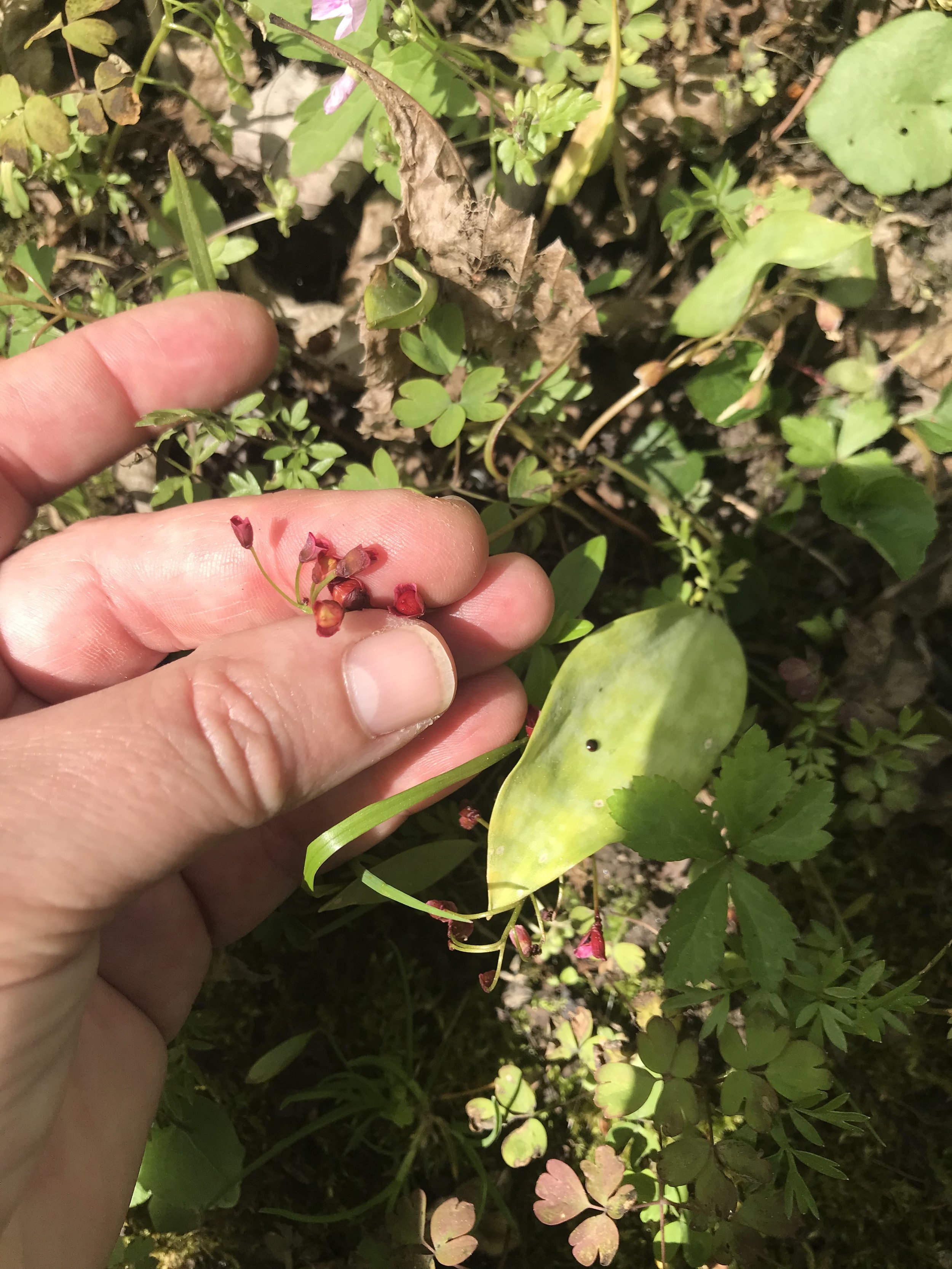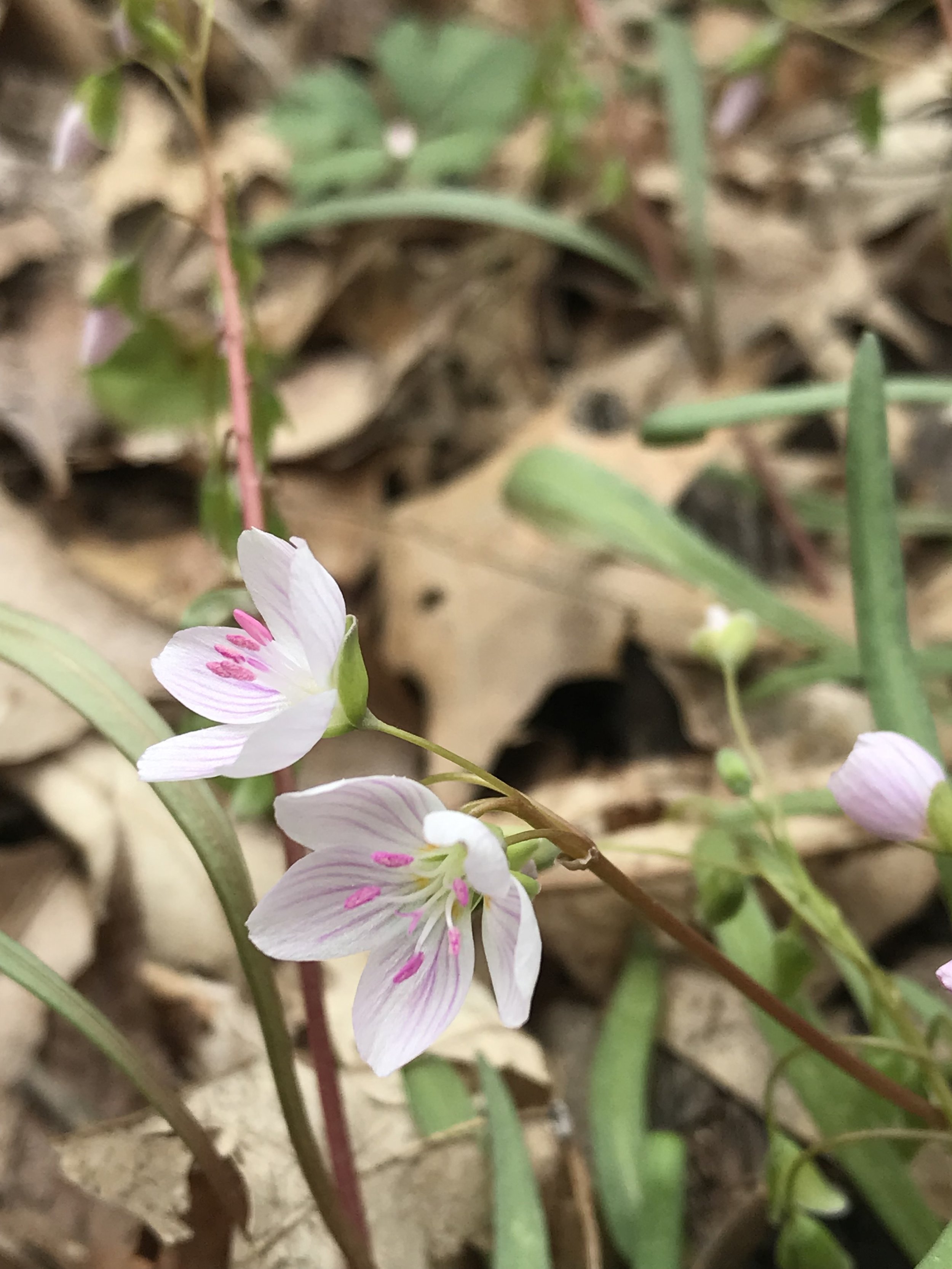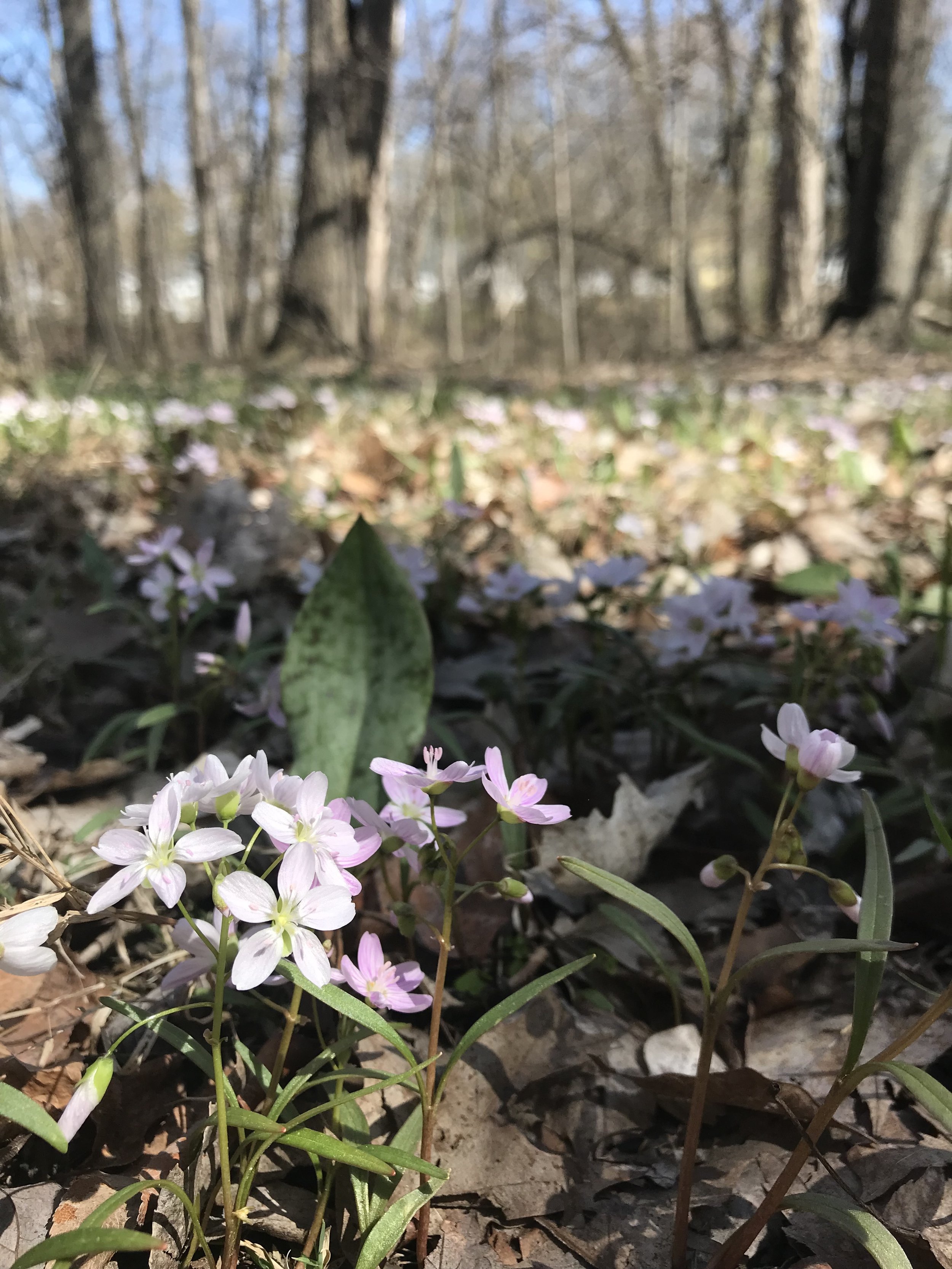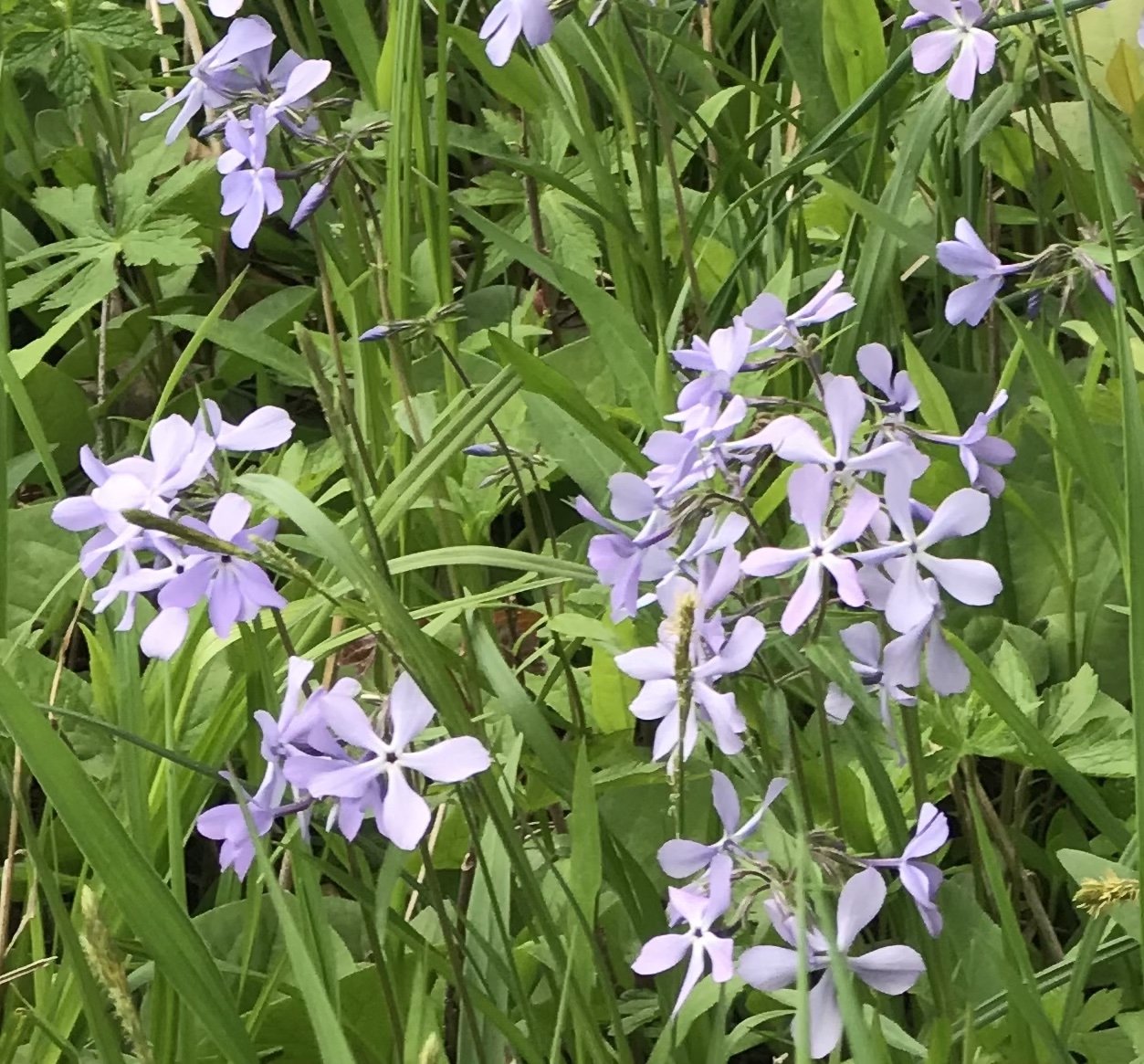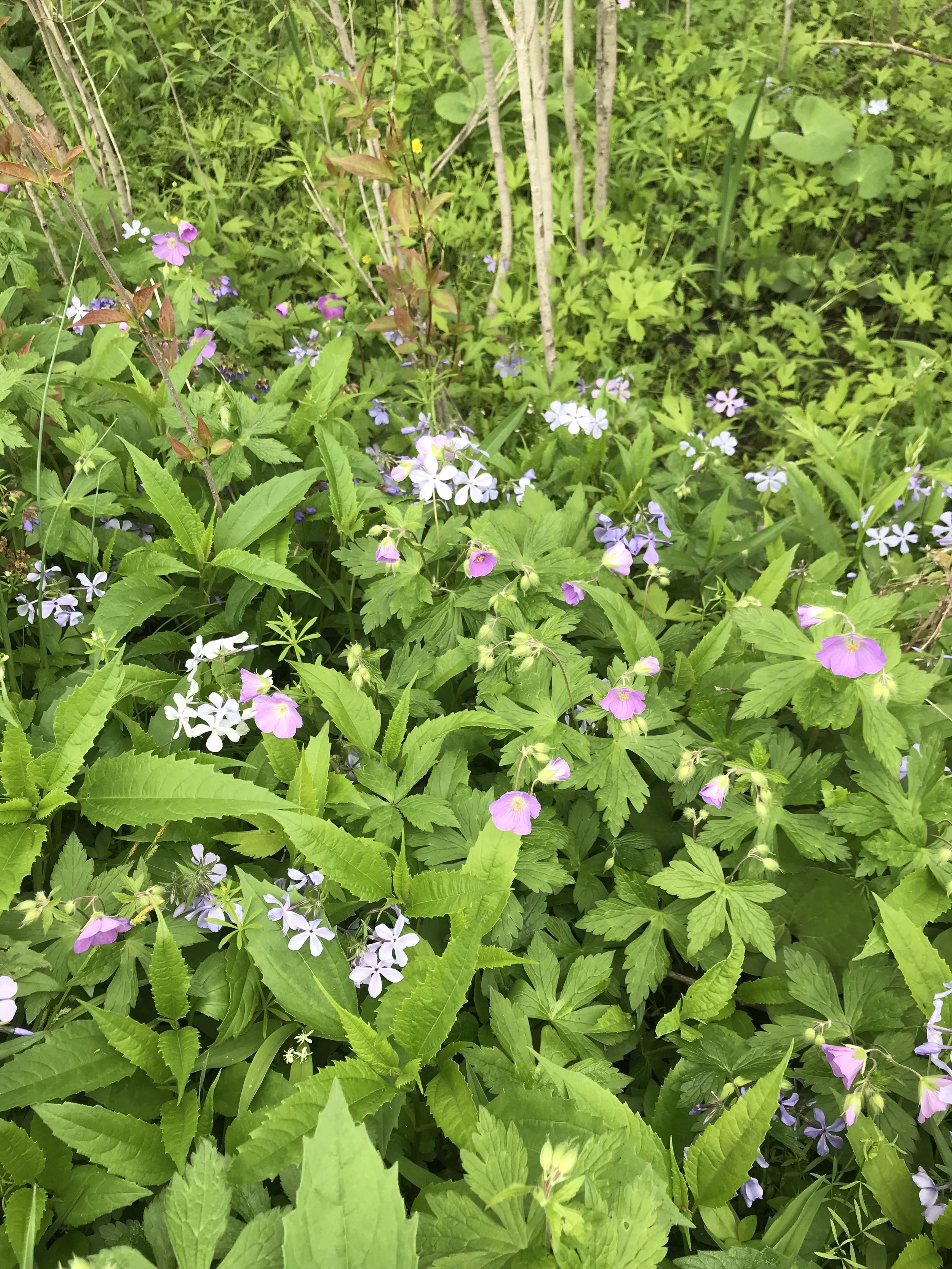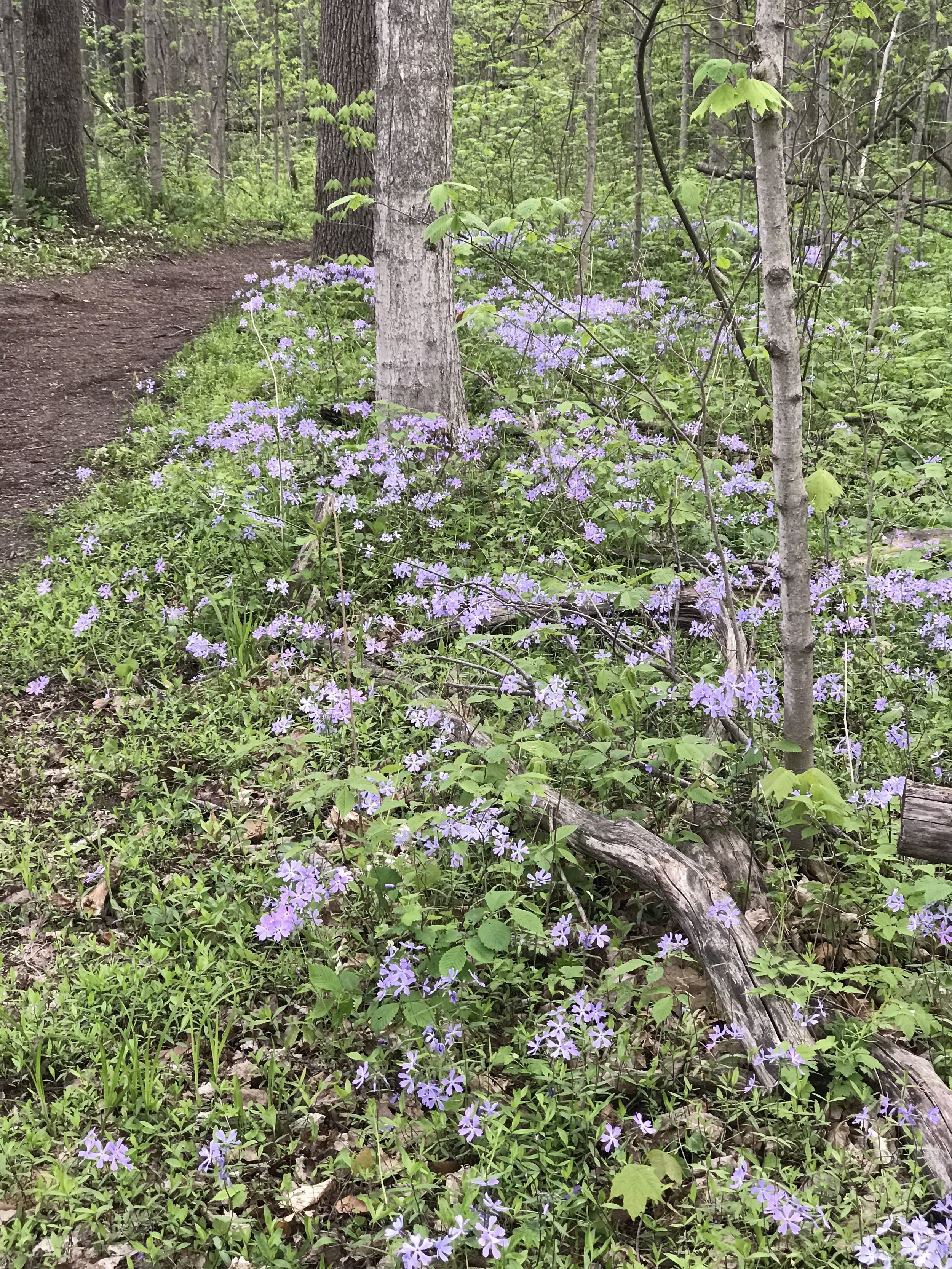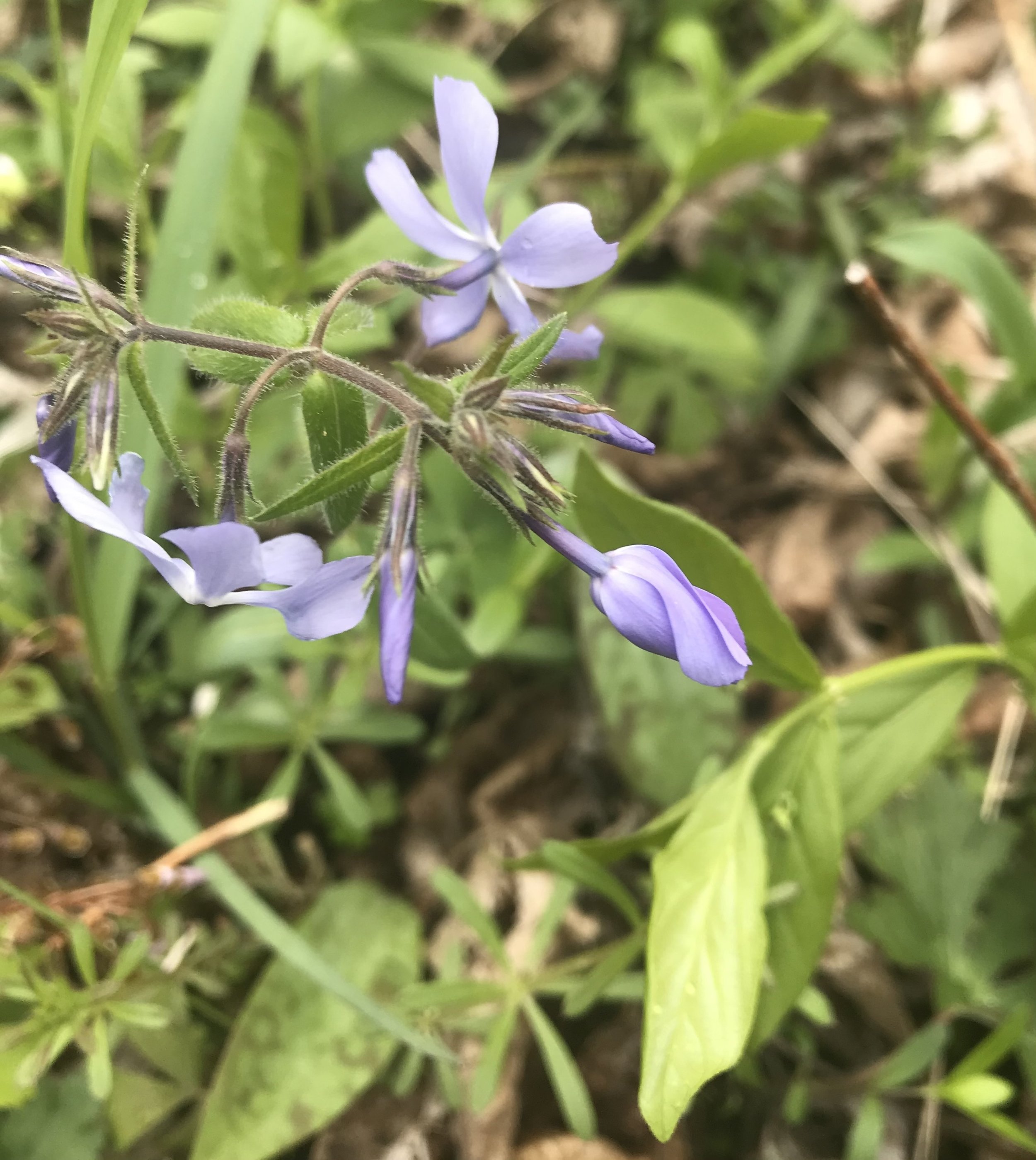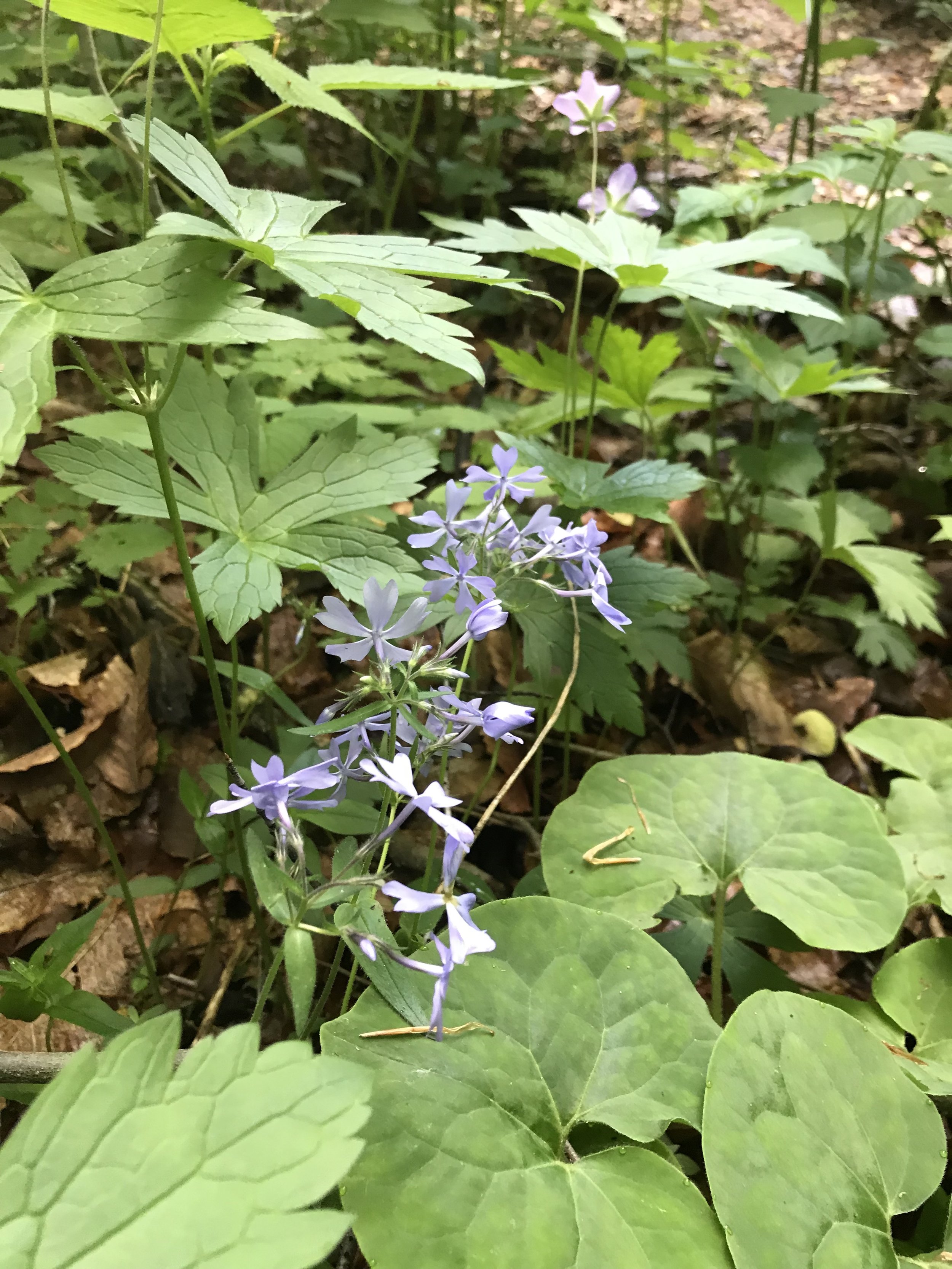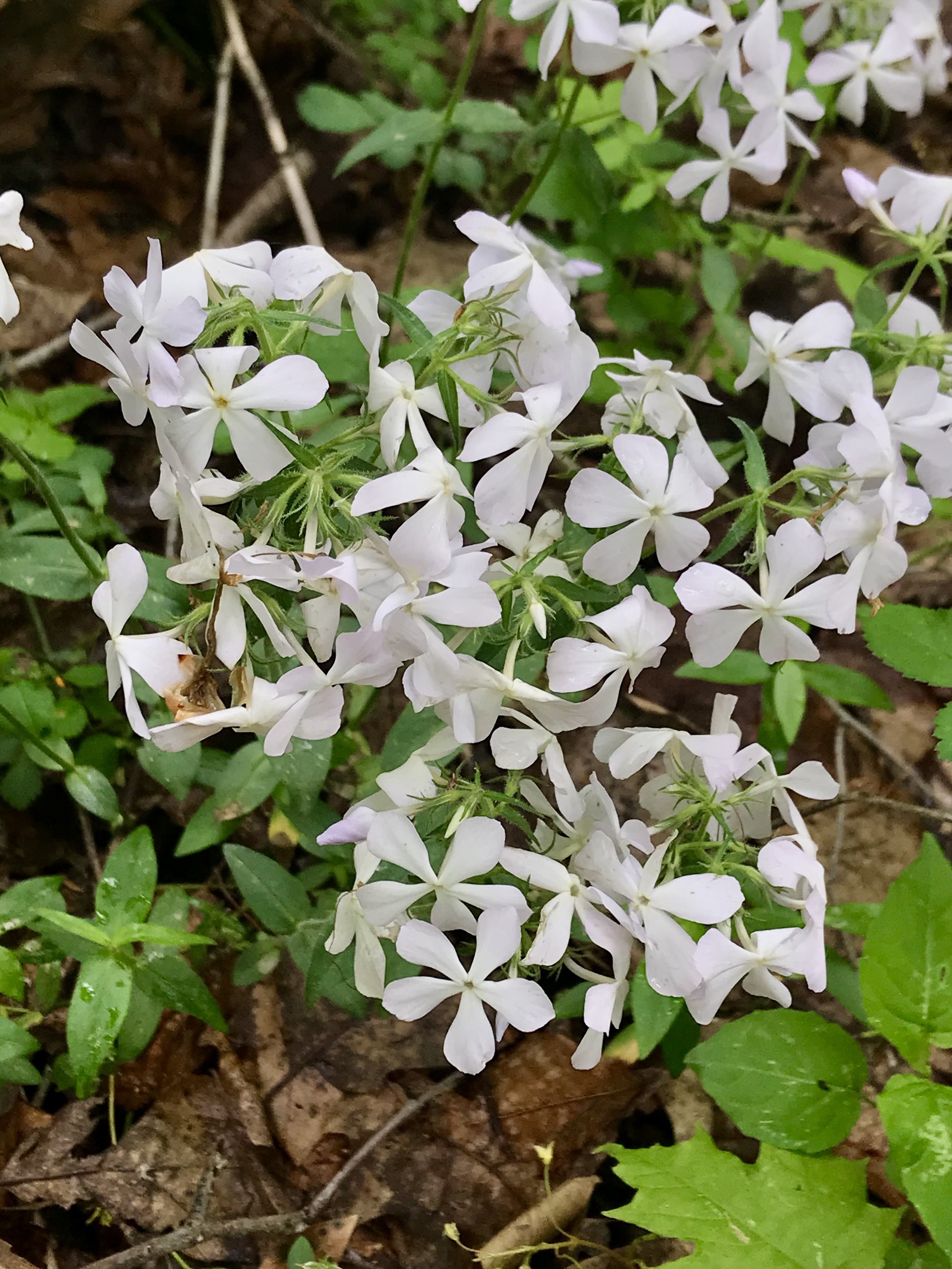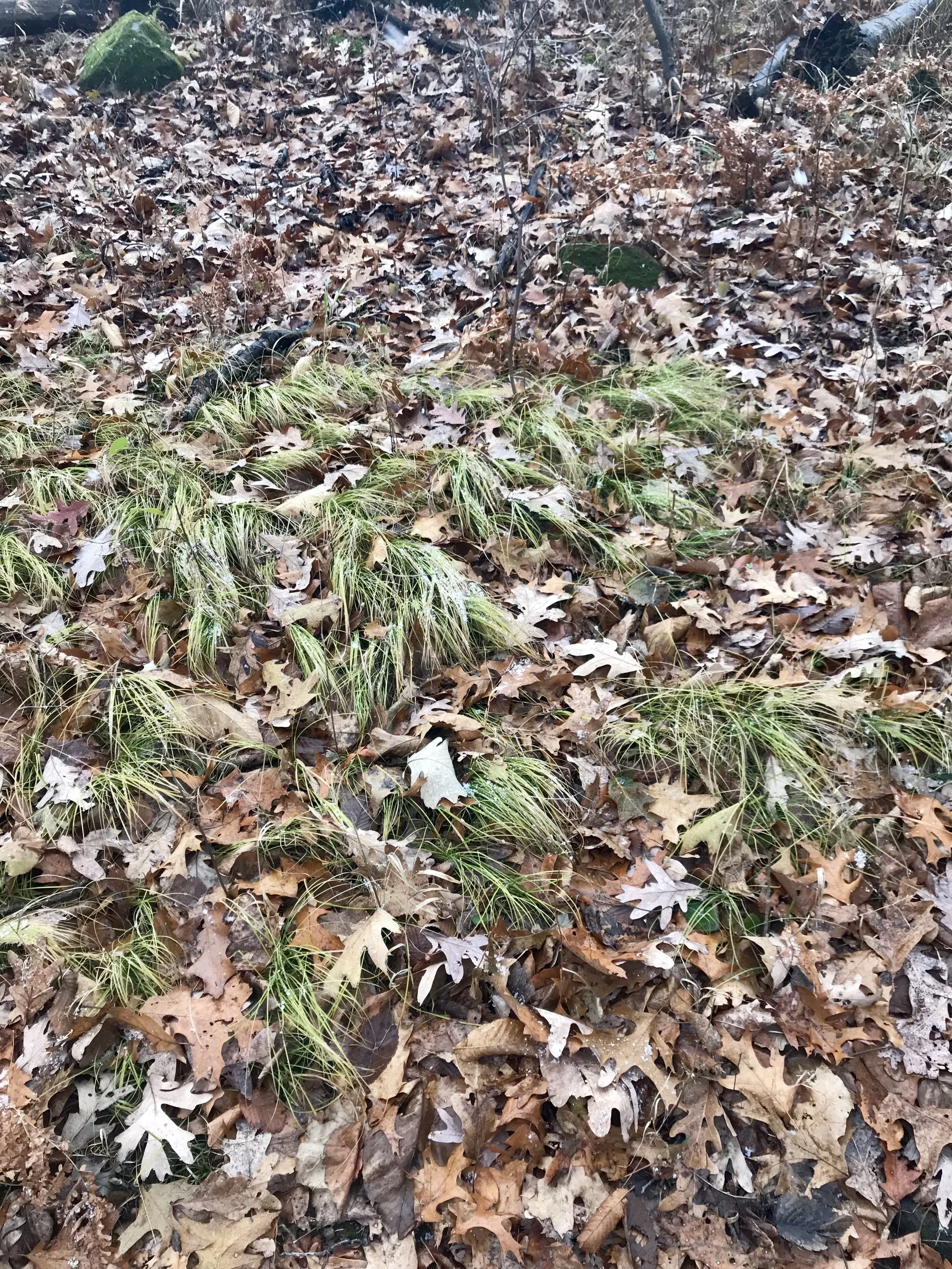 Image 1 of 6
Image 1 of 6

 Image 2 of 6
Image 2 of 6

 Image 3 of 6
Image 3 of 6

 Image 4 of 6
Image 4 of 6

 Image 5 of 6
Image 5 of 6

 Image 6 of 6
Image 6 of 6







Pennsylvania Sedge (Carex pensylvanica)
Pennsylvania Sedge (also known as Penn/Pen Sedge) often grows in oak-hickory forests, which is where it gets its other common name—Oak Sedge. It also grows under Oaks, Jack Pines and other generally dry places.
Penn Sedge is a fine leaved sedge and the leaves grow to about 12 inches tall. Leaves are red at the base. If they grow any longer, they tend to bow over which is pleasant to look at. Penn Sedge mostly spreads by rhizome and in a few years can fill in an area quite nicely. Some have offered the idea that this sedge can be lawn replacement, which probably works where there is enough shade.
Leaves begin to poke up in the spring at the same time as the flower stems. Flower stems are taller than the leaves early in the season. There are both male and female flowers with the male flowers on top. These are the showy flowers with purplish-brown scales and the yellow anthers poking out. Underneath the male flowers are the female flowers which can be pollinated by the wind. The seeds then develop. They are said to be almost impossible to grow from seed, so we grow by dividing plants, which you can also do in your garden, after a couple of years.
While sedges may not inspire in the same way wildflowers do, they are an important part of any natural setting and should be given a place in your garden. They are among the first plants to repopulate a disturbed area. This shows that they are hardy, but are also probably quite important to avoid soil erosion and also to support other plants’ return to the area. Some moths use sedges as host plants and sedges provide cover for insects, birds, and small mammals. Birds and small mammals may also eat the seeds.
Pennsylvania Sedge (Carex pensylvanica)
Michigan Flora reference page for state distribution: Pennsylvania Sedge
height: 12 inches
bloomtime: April
soil: medium to dry
sun: partial, shade
plant spacing: 8”
flower: yellow
life cycle: perennial
family: Cyperaceae
Pennsylvania Sedge (also known as Penn/Pen Sedge) often grows in oak-hickory forests, which is where it gets its other common name—Oak Sedge. It also grows under Oaks, Jack Pines and other generally dry places.
Penn Sedge is a fine leaved sedge and the leaves grow to about 12 inches tall. Leaves are red at the base. If they grow any longer, they tend to bow over which is pleasant to look at. Penn Sedge mostly spreads by rhizome and in a few years can fill in an area quite nicely. Some have offered the idea that this sedge can be lawn replacement, which probably works where there is enough shade.
Leaves begin to poke up in the spring at the same time as the flower stems. Flower stems are taller than the leaves early in the season. There are both male and female flowers with the male flowers on top. These are the showy flowers with purplish-brown scales and the yellow anthers poking out. Underneath the male flowers are the female flowers which can be pollinated by the wind. The seeds then develop. They are said to be almost impossible to grow from seed, so we grow by dividing plants, which you can also do in your garden, after a couple of years.
While sedges may not inspire in the same way wildflowers do, they are an important part of any natural setting and should be given a place in your garden. They are among the first plants to repopulate a disturbed area. This shows that they are hardy, but are also probably quite important to avoid soil erosion and also to support other plants’ return to the area. Some moths use sedges as host plants and sedges provide cover for insects, birds, and small mammals. Birds and small mammals may also eat the seeds.
Pennsylvania Sedge (Carex pensylvanica)
Michigan Flora reference page for state distribution: Pennsylvania Sedge
height: 12 inches
bloomtime: April
soil: medium to dry
sun: partial, shade
plant spacing: 8”
flower: yellow
life cycle: perennial
family: Cyperaceae
Pennsylvania Sedge (also known as Penn/Pen Sedge) often grows in oak-hickory forests, which is where it gets its other common name—Oak Sedge. It also grows under Oaks, Jack Pines and other generally dry places.
Penn Sedge is a fine leaved sedge and the leaves grow to about 12 inches tall. Leaves are red at the base. If they grow any longer, they tend to bow over which is pleasant to look at. Penn Sedge mostly spreads by rhizome and in a few years can fill in an area quite nicely. Some have offered the idea that this sedge can be lawn replacement, which probably works where there is enough shade.
Leaves begin to poke up in the spring at the same time as the flower stems. Flower stems are taller than the leaves early in the season. There are both male and female flowers with the male flowers on top. These are the showy flowers with purplish-brown scales and the yellow anthers poking out. Underneath the male flowers are the female flowers which can be pollinated by the wind. The seeds then develop. They are said to be almost impossible to grow from seed, so we grow by dividing plants, which you can also do in your garden, after a couple of years.
While sedges may not inspire in the same way wildflowers do, they are an important part of any natural setting and should be given a place in your garden. They are among the first plants to repopulate a disturbed area. This shows that they are hardy, but are also probably quite important to avoid soil erosion and also to support other plants’ return to the area. Some moths use sedges as host plants and sedges provide cover for insects, birds, and small mammals. Birds and small mammals may also eat the seeds.
Pennsylvania Sedge (Carex pensylvanica)
Michigan Flora reference page for state distribution: Pennsylvania Sedge
height: 12 inches
bloomtime: April
soil: medium to dry
sun: partial, shade
plant spacing: 8”
flower: yellow
life cycle: perennial
family: Cyperaceae
This sedge is nearly impossible to grow from seed. We grow these plants to sell by division.
